cells and signalling 2 extended
1/55
There's no tags or description
Looks like no tags are added yet.
Name | Mastery | Learn | Test | Matching | Spaced |
|---|
No study sessions yet.
56 Terms
what is the action potential of a nerve cell?
how the neural signal travels the length of a nerve cell by a rapid change in membrane potential.
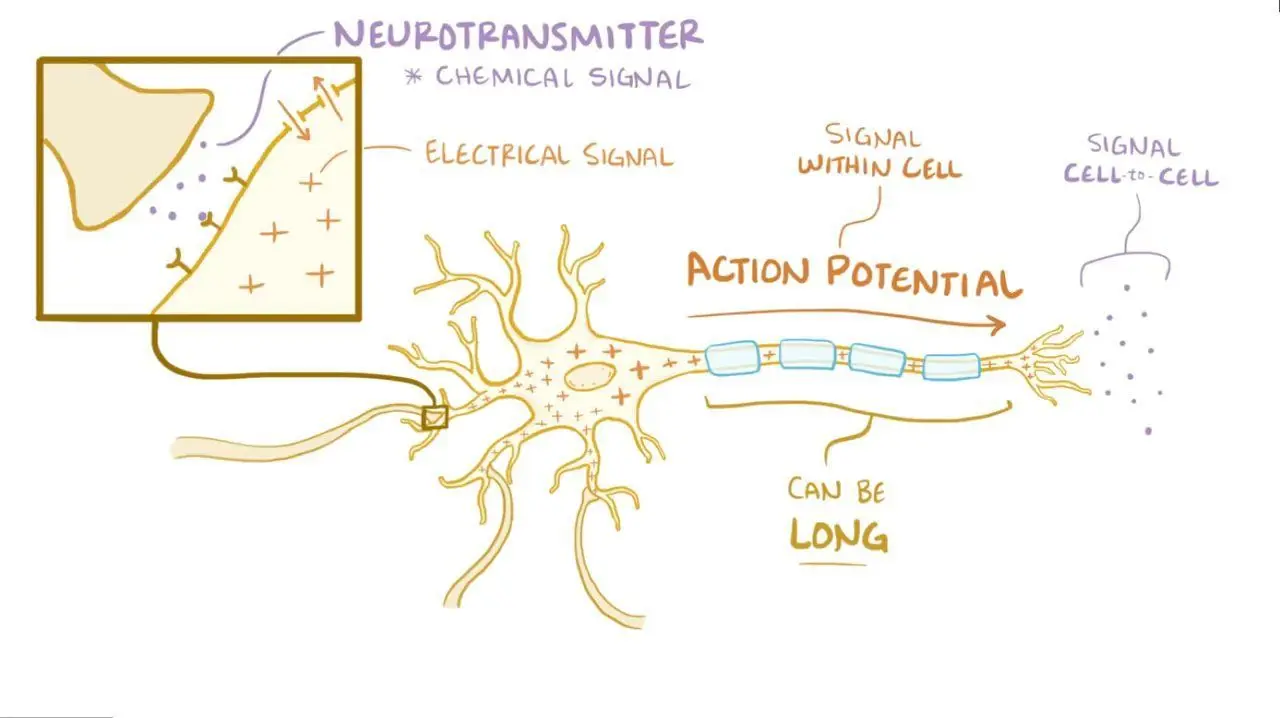
what is synaptic transmission?
how neurotransmitters are released from one neuron and bind to receptors on another

how is electrical energy created?
by the movement of positive and negative ions across the cell membrane, generated by ion channels and pumps.
what is membrane potential?
the difference in electric charge inside and outside the cell

what is resting membrane potential?
the stable, negative charge of a neuron when it is not sending signals, typically around -70 mV.
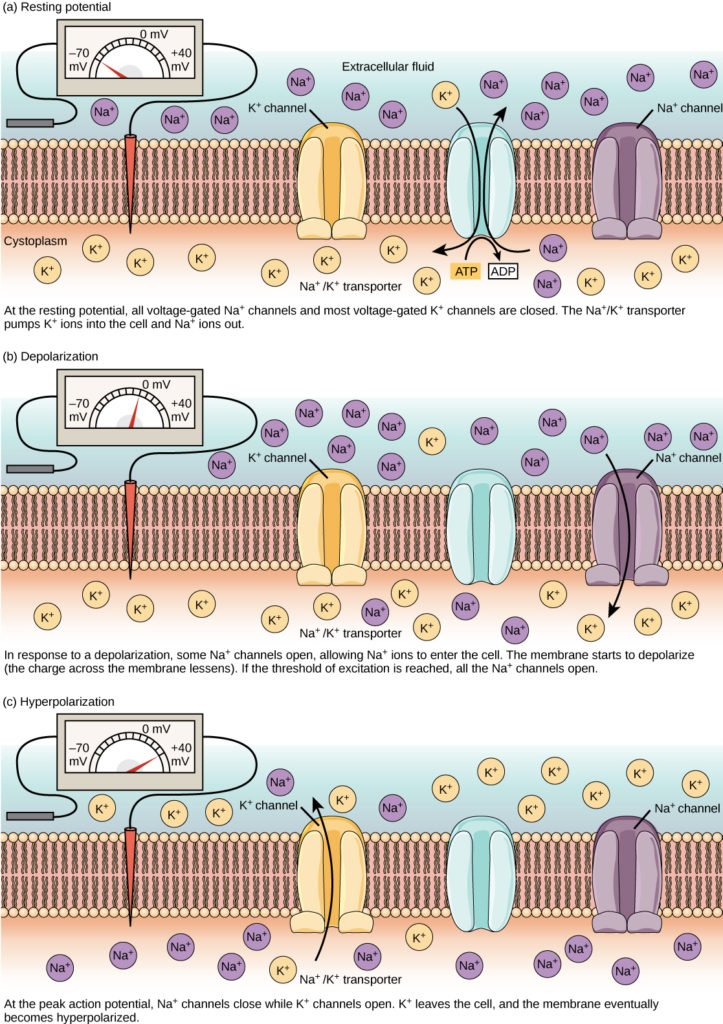
what is the polarized state of a neuron?
the condition in which the inside of the neuron is more negatively charged than the outside due to an unequal distribution of ions, primarily sodium and potassium.
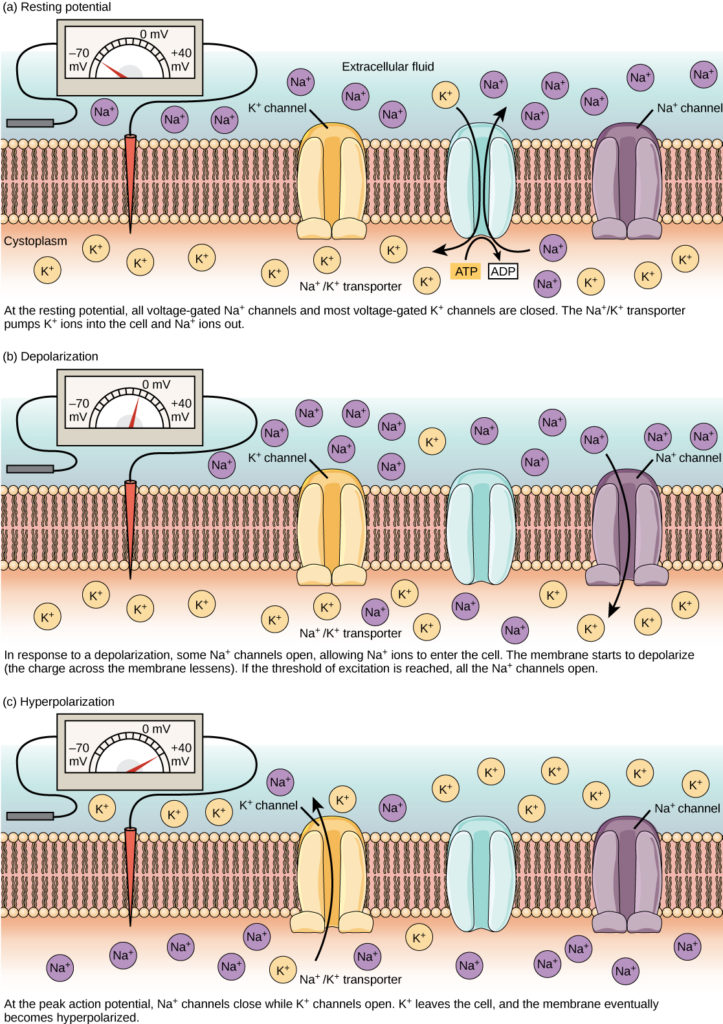
what is the sodium-potassium pump?
it actively transports two sodium ions for every three potassium ions into the neuron, maintaining the concentration gradients essential for resting membrane potential.
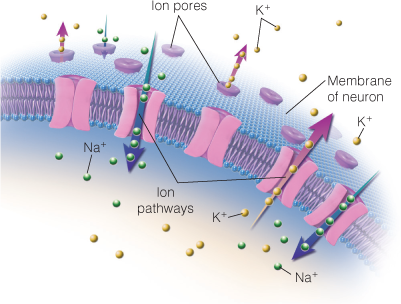
what is the electrochemical gradient?
the difference in concentration and electrical charge across a membrane that makes it more positive outside the neuron.
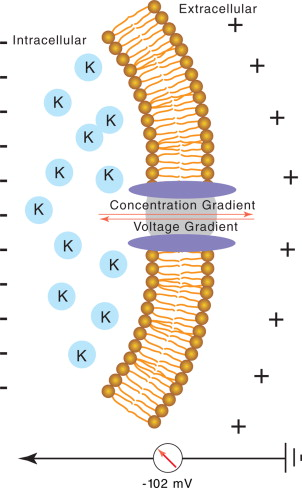
what is an ion channel?
a protein that allows ions to pass through the cell membrane, enabling the flow of ions in and out of the neuron, which is crucial for generating action potentials.
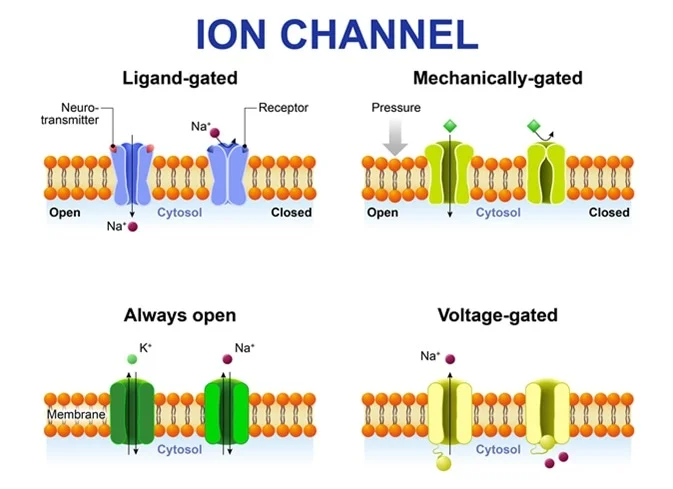
what are the three types of ion channels?
voltage-gated, ligand-gated, and mechanically-gated ion channels.

voltage gated channel
is a type of ion channel that opens or closes in response to changes in membrane potential, allowing ions to flow in or out of the cell.
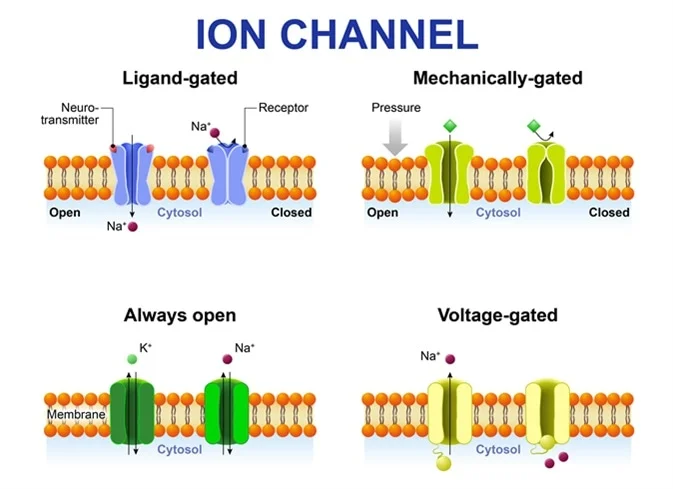
ligand-gated channel
is a type of ion channel that opens in response to the binding of a specific neurotransmitter or other signaling molecule, facilitating ion flow across the cell membrane.
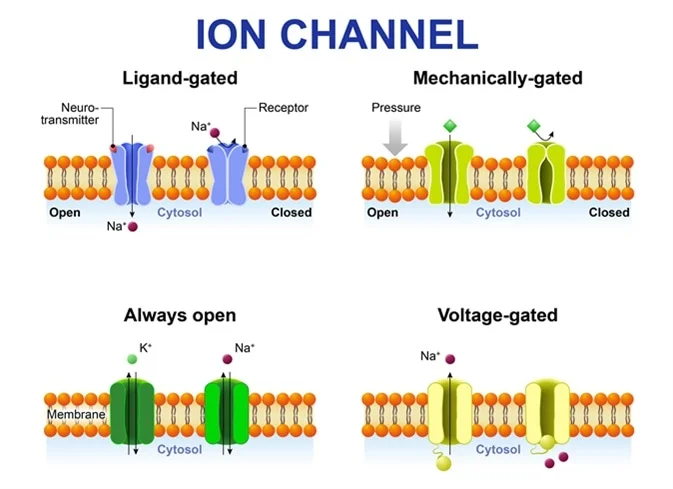
mechanically-gated ion channels
are ion channels that open or close in response to mechanical forces such as stretch or pressure, allowing ions to pass through the cell membrane.

what is depolarization?
the process by which the membrane potential of a cell becomes less negative or more positive, typically due to the influx of sodium ions, leading to the initiation of an action potential.
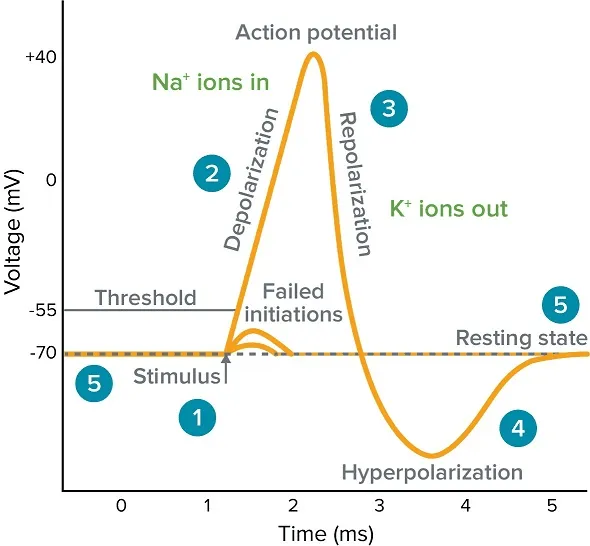
what is repolarization?
the process by which the membrane potential of a cell returns to its resting state after depolarization, often involving the efflux of potassium ions.
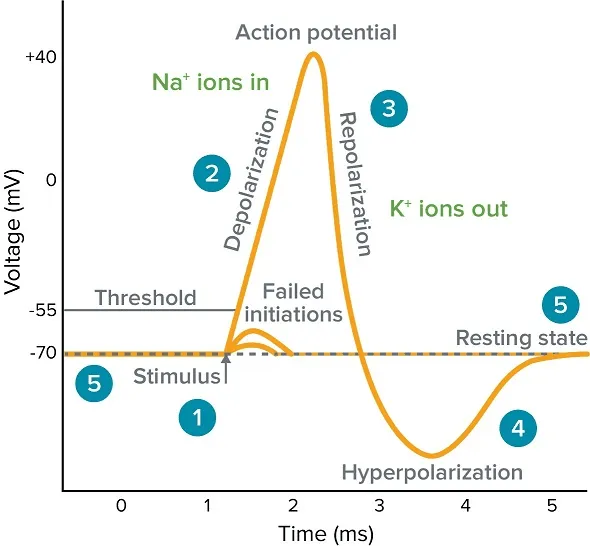
what is hyperpolarization?
the process by which the membrane potential of a cell becomes more negative than its resting state, typically due to the efflux of potassium ions or influx of chloride ions.
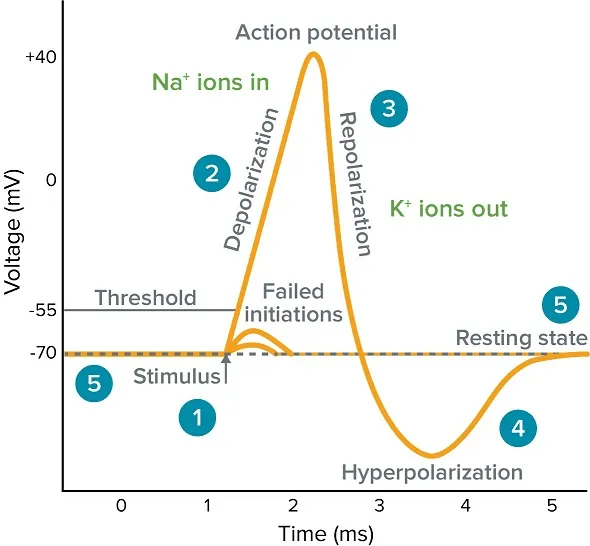
what is the refractory period?
the time following an action potential during which a neuron is unable to fire another action potential, due to the inactivation of sodium channels and the state of potassium channels.

action potentials vary in frequency and not in __________.
amplitude.
what is conduction velocity?
the speed at which an action potential travels along a neuron, influenced by factors such as axon diameter and myelination.
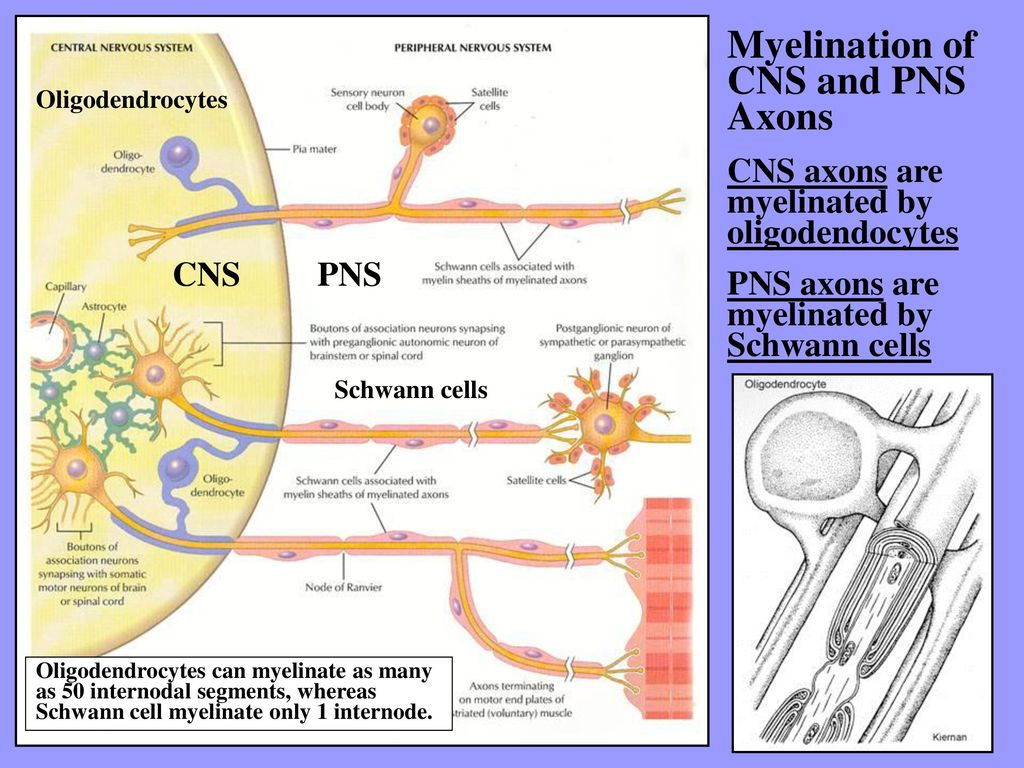
neurons in the pns usually conduct signals faster than those in the cns because
of their larger diameter of axons and thicker myelin sheaths.
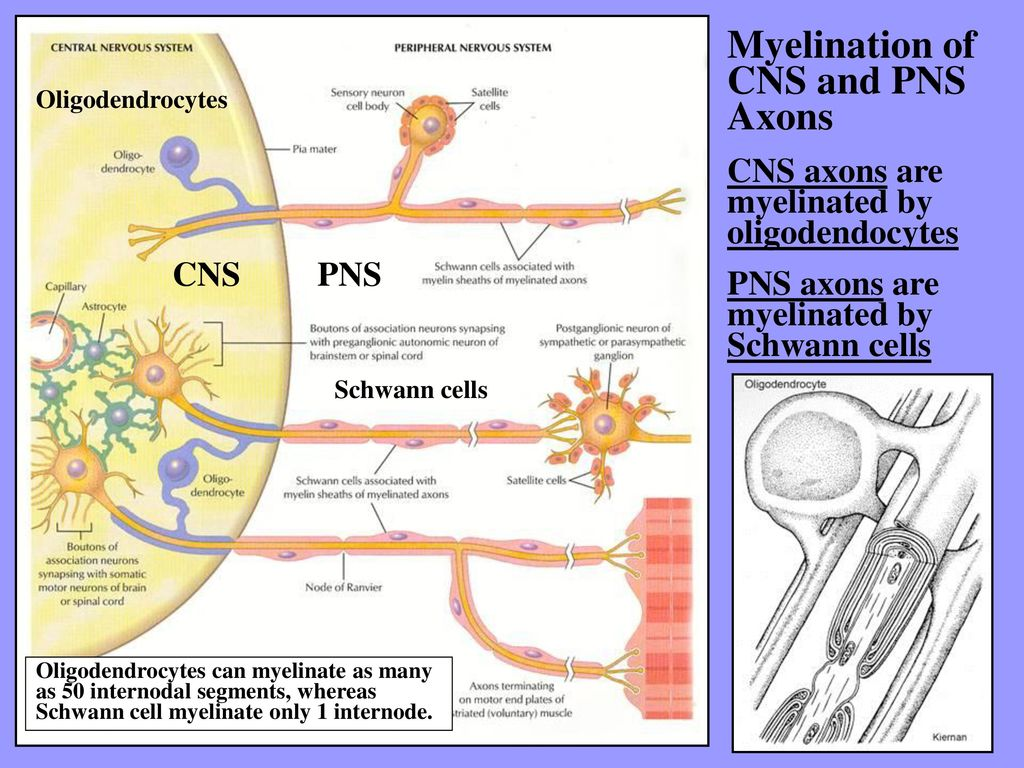
explain selective permeability (remember oxygen, carbon dioxide, urea, and water and ligand gated channels)
the property of a cell membrane that allows certain ions especially potassium, and molecules to pass through while restricting others
The sodium–potassium pump is effective only because of the
selective permeability of the membrane
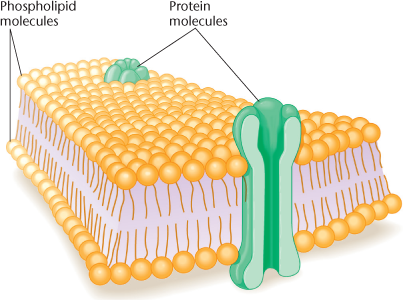
As a result of the sodium–potassium pump, _______ are more than 10 times more concentrated outside the membrane than inside, and ___________ are more concentrated inside than outside.
sodium, potassium ions
concentration gradient
ions move from high to low concentration
electrical gradient
the inside of the neuron is negative, so positive ions want to move in
___________ which cannot leave the cell sustain the membrane’s polarization.
negatively charged proteins
when the membrane is at rest, the _______ gradient and ________ gradient balance
concentration, electrical
what is the all or none law?
The all or none law describes that an action potential in a neuron either occurs fully or not at all, meaning that stimuli must reach a certain threshold to trigger the response.

_____ axons convey action potentials at greater velocities; they can also convey more action potentials per second.
thicker
axons can only vary the ________ of an impulse
frequency or timing
at the start of an action potential, _______ ions are mostly outside the neuron, and ______ ions are mostly inside.
sodium; potassium
when the membrane is depolarized, _______ and ______channels in the membrane open.
sodium; potassium
at the peak of the action potential, the _______ channels close.
sodium
During the action potential, sodium ions move into the cell. The voltage-dependent _________ have opened, so sodium can move freely.
sodium gates
After the peak of the action potential, potassium ions exit the cell, driving the membrane back to the _________ after the voltage-dependent __________ close.
resting potential; potassium channels
As an action potential occurs at one point on the axon, enough _____ enters to ________ the next point to its threshold, producing an _______ at that point flowing along the axon, remaining at equal strength throughout.
sodium ion current, depolarize, action potential
The term _________________ describes the transmission of an action potential down an axon
propagation of the action potential
When an action potential __________ into a dendrite, the dendrite becomes more susceptible to the structural changes responsible for learning.
back-propagates
To increase the speed of action potentials, vertebrate axons evolved a special mechanism: ________, an insulating material composed of fats and proteins.
myelin sheath
In myelinated axons, the action potential starts at the first _________
node of Ranvier.
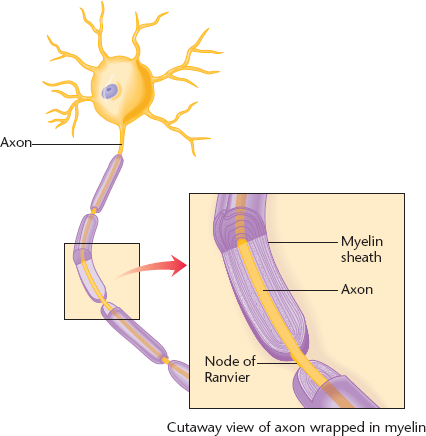
The jumping of action potentials from node to node is referred to as
saltatory conduction
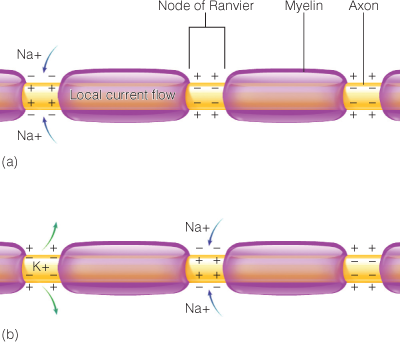
In multiple sclerosis, the immune system attacks ________.
the myelin sheath
An axon that never had a myelin sheath conducts impulses slowly but steadily, but an axon that has lost its myelin is not the same, because it lacks ___________ where the myelin used to be
sodium channels
As a result, the cell is in a refractory period during which it resists the production of further action potentials. In the first part of this period, the _______ refractory period, the membrane cannot produce another action potential, regardless of the stimulation. During the second part, the ________ refractory period, a stronger-than-usual stimulus is necessary to initiate an action potential.
absolute; relative
he refractory period depends on two facts: The _______ are closed, and _______ is flowing out of the cell at a faster-than-usual rate
sodium channels; potassium
when the membrane is at rest, what are the forces acting on sodium ions?
concentration; electrical gradient
which direction does the sodium–potassium pump move ions?
sodium ions out of the cell and potassium ions into the cell.
under what conditions does an axon produce an action potential?
whenever the membrane’s potential reaches the threshold
to which part or parts of a neuron does the all-or-none law apply?
axon
during the rising portion of the action potential, which ions are moving across the membrane and in which direction?
sodium ions
after the action potential reaches its peak, the potential across the membrane falls toward its resting level. What accounts for this recovery?
potassium ions move out because of the concentration gradient
what causes the refractory period of an axon?
sodium channels are closedand potassium channels are inactivated.

a
resting membrane potential
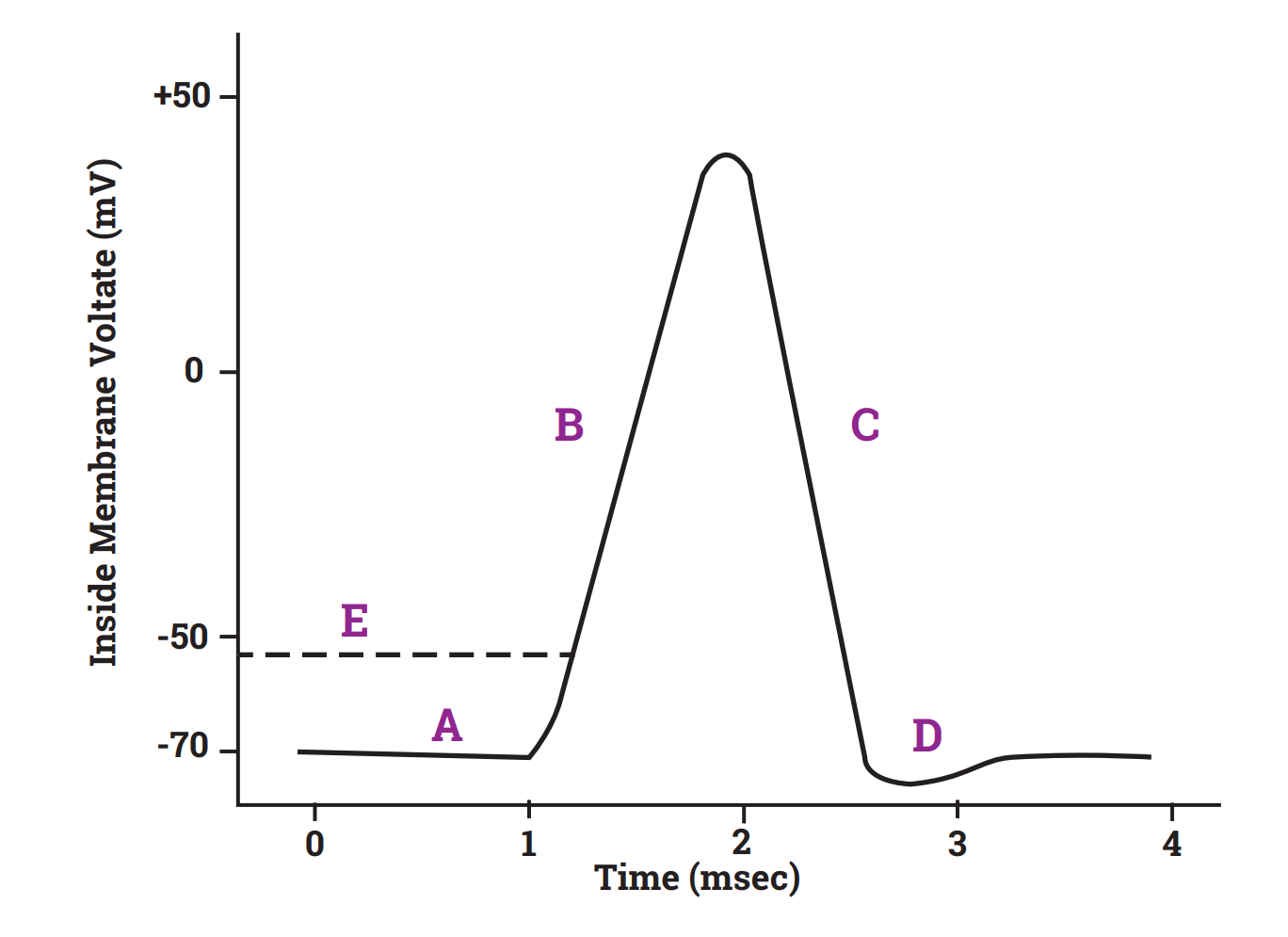
b
depolarisation: opening of voltage gated Na+ channels
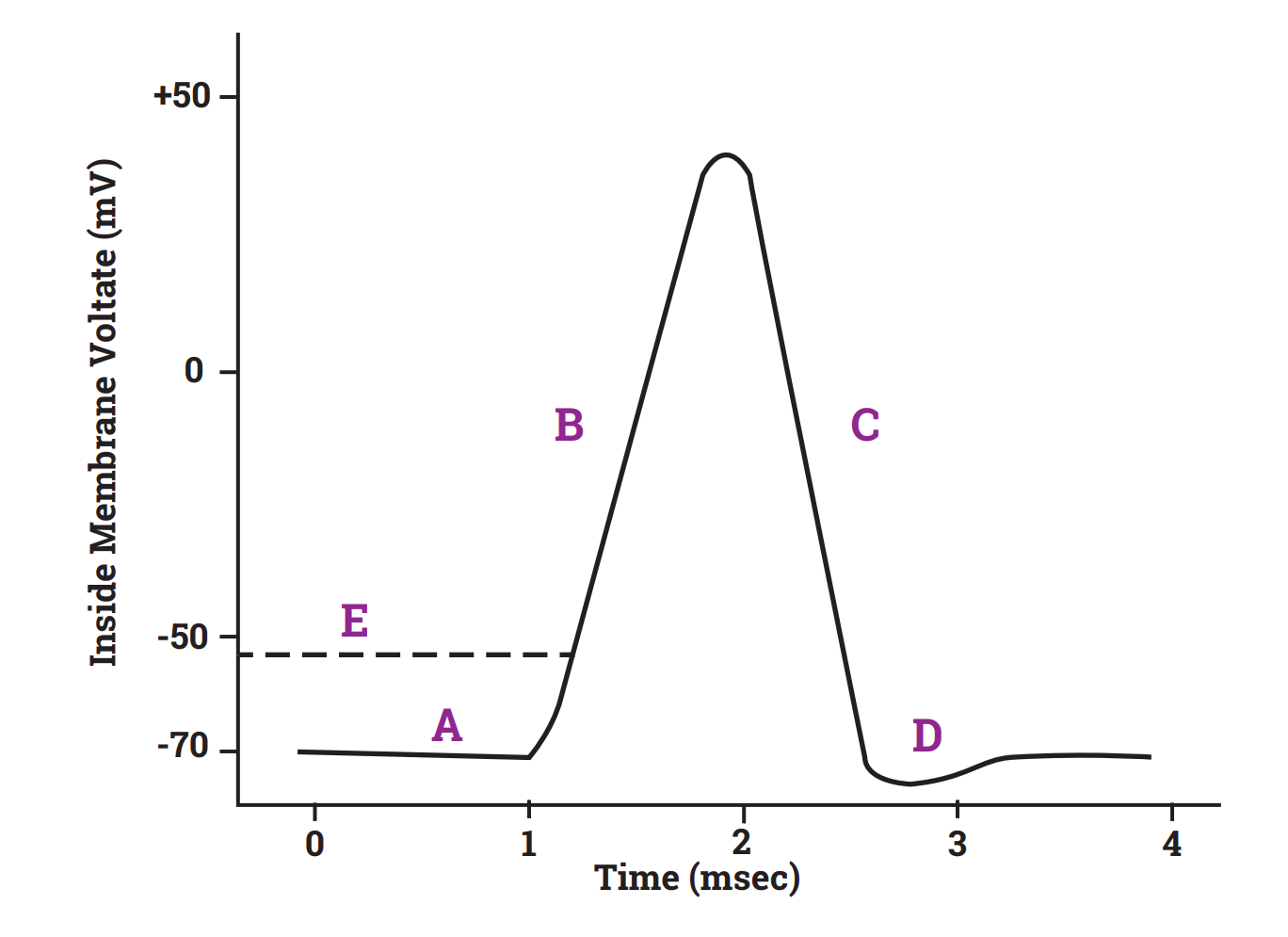
c
repolarisation: closure of voltage gated sodium channels and opening of potassium voltage gated channels
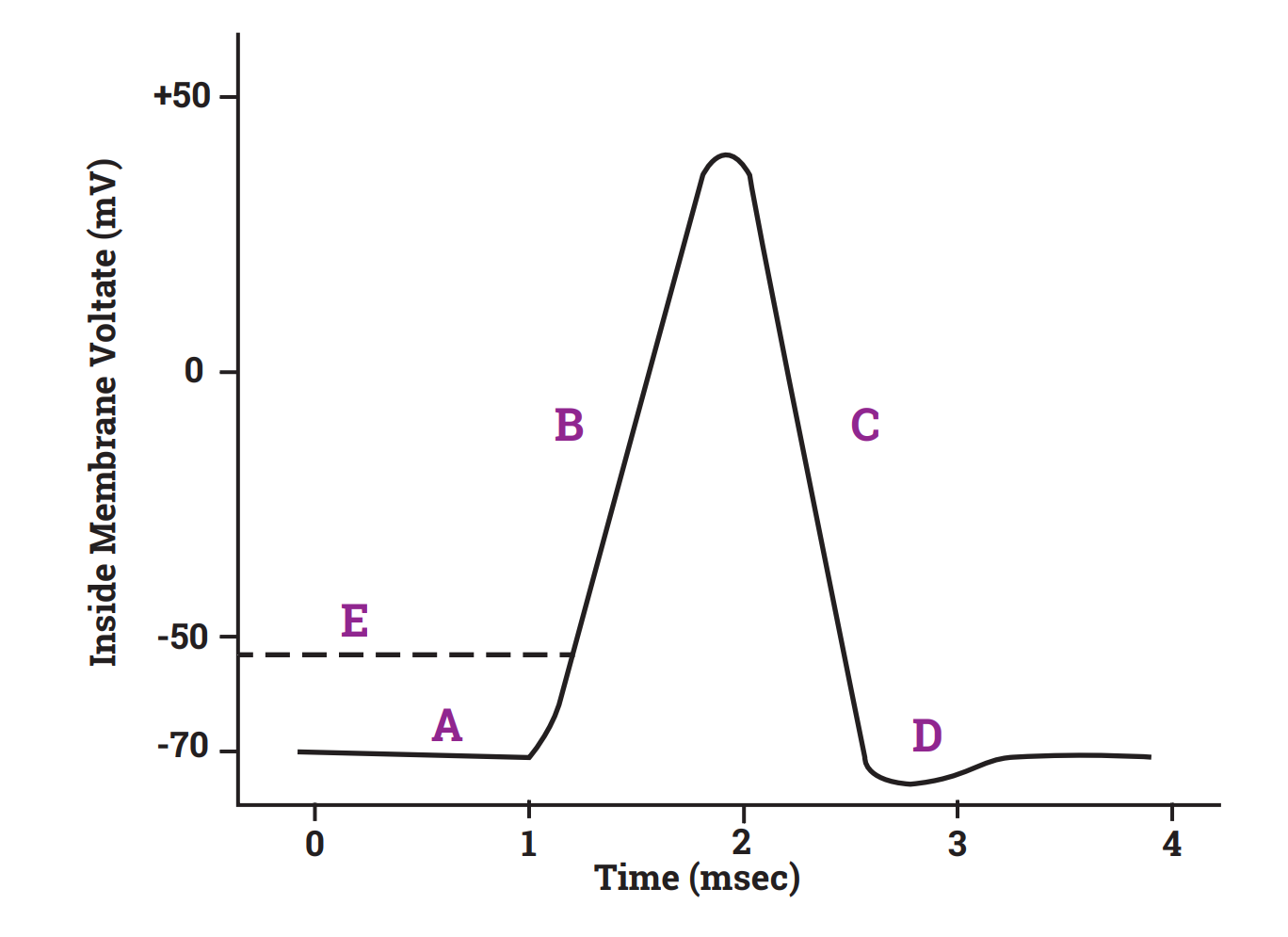
d
hyperpolarisation: increase in membrane potential due to extra sodium ions leaving